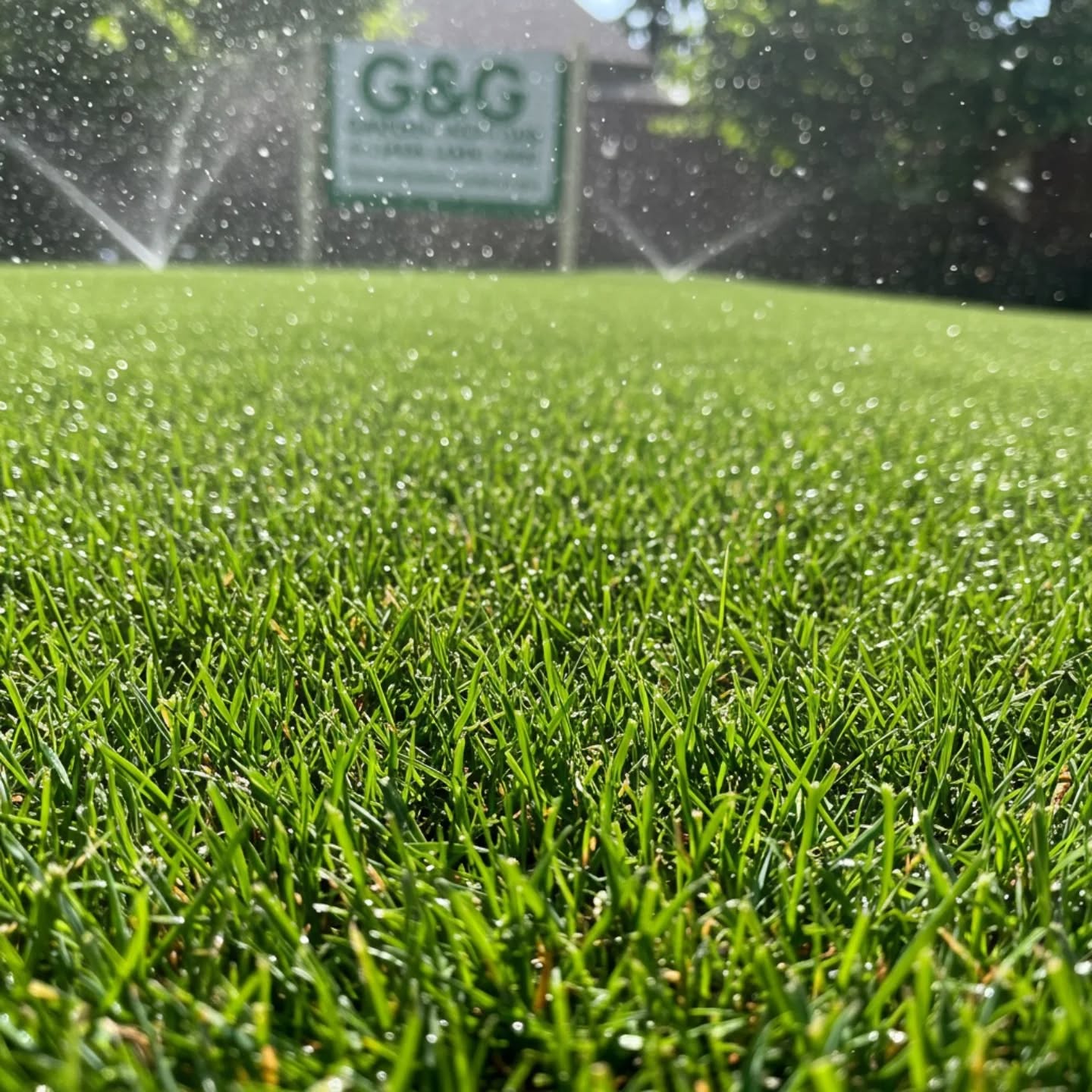Unlock a Lush, Green Lawn: Your Ultimate Guide to Watering
A vibrant, healthy lawn is the pride of any homeowner, a welcoming space to relax and a valuable asset to your property. Just like us, your grass needs the right amount of hydration to thrive. But with busy schedules and varying weather, knowing exactly how and when to water can feel like a guessing game.
This guide will take the guesswork out of lawn watering, providing you with practical tips to achieve a lush, green carpet while being water-wise – saving you money and helping the environment.
Smart Watering Tips for a Healthy Lawn:
- The Golden Hour: Water Early. The best time to water your lawn is in the early morning. This allows the water to soak deep into the roots before the heat of the day causes excessive evaporation. Watering during the day means much of your effort (and water) goes to waste. Avoid nighttime watering, as prolonged dampness can create a breeding ground for mildew, pests, and fungal diseases.
- The Right Amount: Deep and Infrequent. Aim for 1 inch of water per week for most established lawns, whether from rain or your sprinkler. The key is to water deeply enough to saturate the entire root system. Instead of frequent, shallow watering, opt for less frequent, deeper sessions. This encourages roots to grow deeper in search of moisture, making your lawn more resilient during dry spells.
- Measure Your Success: The Soil Check. To ensure you’re watering effectively, check the soil penetration. After watering for 15 minutes initially, check every 5 minutes with a shovel or screwdriver. The goal is to soak the soil down to at least 6 inches. Note the time it takes to reach this depth – that’s your target watering duration for future sessions.
- The Can Test: A Simple Measurement. Place a few empty cans around your lawn to measure how long your sprinkler takes to deliver ½ inch of water. To reach the weekly 1-inch goal, run your sprinkler for that measured time twice a week.
- Know Your Soil: It Matters! Different soil types absorb water at different rates. Sandy soils drain quickly and may need slightly more frequent watering (around 1 to 1.5 inches per week), while clay soils retain water longer and may only need 1.5 to 2 inches. Adjust your watering schedule accordingly.
- Water Wisely: Landscape Choices. When planting, choose species with similar water needs and group them together. Use compost, shredded leaves, or mulch around plants to help retain soil moisture. Regularly remove weeds, as they compete with your desired plants for water and nutrients.
- Root Power: Deep Watering Encourages Growth. Remember, deep, less frequent watering promotes stronger, deeper root growth, making your lawn more drought-tolerant.
- Mow Smart, Water Less: Mow your lawn at the recommended height for your grass type and leave the clippings on the lawn. They act as a natural mulch, returning valuable water and nutrients to the soil.
- Breathe Easy: Aerate and Dethatch. Improve your soil’s ability to absorb water by removing excessive thatch and aerating your lawn when needed.
- Harvest the Rain: Consider Rain Barrels. Collect rainwater in rain barrels – you’ll be surprised how quickly they fill up and provide a free, natural source of irrigation. Just be sure to check for any local regulations regarding rainwater collection.
Conclusion:
Mastering the art of lawn watering doesn’t have to be complicated. By understanding your lawn’s needs, watering at the right time and in the right amount, and adopting water-wise practices, you can achieve a beautiful, healthy lawn while conserving this precious resource. Get started with these tips, and watch your lawn thrive!





